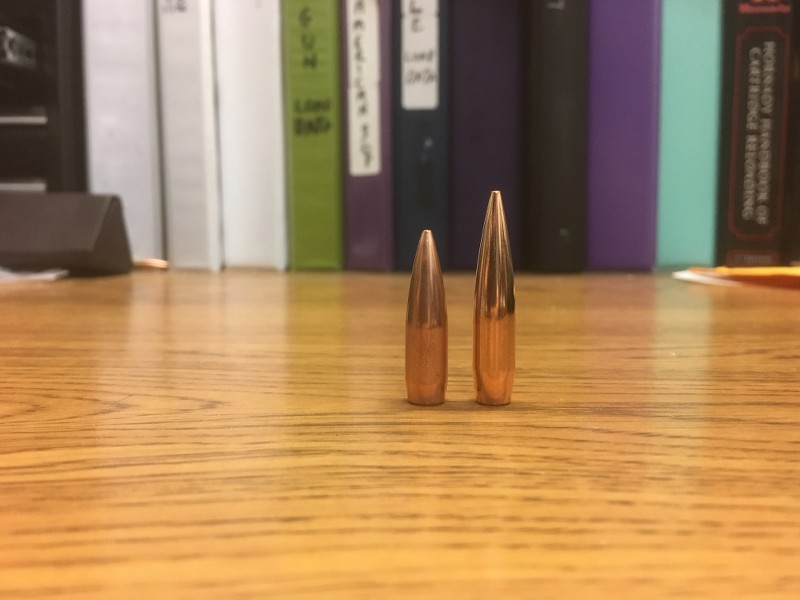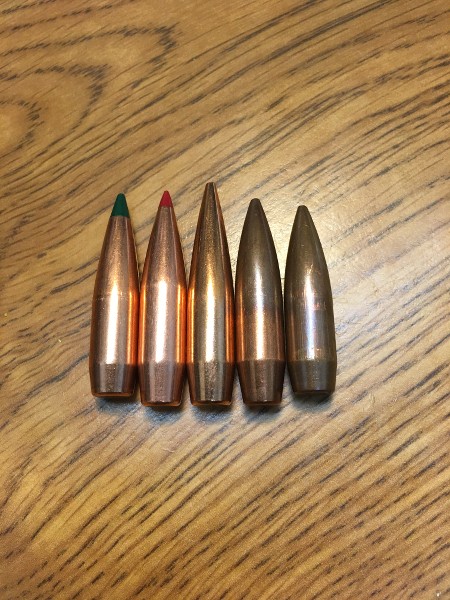Thanks hounddawg,
From the article:
In the F-TR class, two men, Ray Gross (Team McMillan) and Mike Plunkett, both set a new pending 1000-yard record with a 200-16X score.
Ray, along with the vast majority of other F-TR competitors, was shooting a .308 Win. His load included Berger 220X bullets, in Lapua brass, with Vihtavuori N140 powder and CCI 450 bullet. Ray’s rifle features a 28″ Bartlein Heavy Palma barrel, mated to a Kelbly Panda action in McMillan stock. Up front was a Phoenix bipod with lowering bracket. The scope was a Nightforce NXS 8-32x56mm.
From the article:
In the F-TR class, two men, Ray Gross (Team McMillan) and Mike Plunkett, both set a new pending 1000-yard record with a 200-16X score.
Ray, along with the vast majority of other F-TR competitors, was shooting a .308 Win. His load included Berger 220X bullets, in Lapua brass, with Vihtavuori N140 powder and CCI 450 bullet. Ray’s rifle features a 28″ Bartlein Heavy Palma barrel, mated to a Kelbly Panda action in McMillan stock. Up front was a Phoenix bipod with lowering bracket. The scope was a Nightforce NXS 8-32x56mm.
Last edited:


